Don’t Let Small Issues Become Expensive Problems
As a commercial property manager, your irrigation system represents one of your most critical landscape investments. When functioning properly, it maintains beautiful landscapes while controlling water costs. When problems develop, however, they can quickly escalate from minor inconveniences to major expenses that impact both your budget and property appearance.
The key to avoiding costly irrigation emergencies lies in recognizing early warning signs and addressing issues promptly. Here are three critical indicators that your system needs professional attention.
Sign #1: Unexplained Increases in Water Bills
One of the first indicators that your irrigation system needs attention often appears on your monthly water bill rather than in your landscape. Sudden spikes in water usage without corresponding improvements in landscape appearance typically signal hidden problems requiring immediate investigation.
Water bill increases of 20% or more without obvious explanations warrant immediate attention. These increases often indicate underground leaks, broken pipes, or programming errors causing systems to run longer than necessary. Unlike visible surface problems, these issues can persist for months before being discovered, wasting thousands of gallons and driving up costs significantly.
Beyond obvious water waste, unexplained usage increases can indicate problems that damage other property elements. Underground leaks can undermine walkways, damage building foundations, or create drainage issues requiring expensive repairs. Licensed irrigation specialists can quickly identify the source of mysterious water usage increases using specialized equipment and systematic testing procedures.
Sign #2: Uneven Landscape Performance Despite Regular Maintenance
When some areas of your landscape consistently struggle while others thrive, despite receiving the same maintenance attention, irrigation distribution problems are often the culprit. These issues indicate that your system isn’t delivering water efficiently across all zones, creating stress patterns that affect both appearance and plant health.
Dry spots that persist despite regular watering often indicate clogged sprinkler heads, broken pipes, or pressure issues rather than insufficient water. Before increasing watering schedules, these distribution problems should be diagnosed and corrected.
Conversely, consistently wet or soggy areas might signal broken valves, leaking pipes, or misaligned sprinkler heads that deliver too much water to specific zones. These areas often develop fungal problems, encourage weed growth, or create muddy conditions that detract from your property’s professional appearance.
Poor irrigation distribution impacts long-term plant health and replacement costs. Plants receiving too little water develop shallow root systems, making them more susceptible to heat stress, disease, and drought damage. Plants receiving too much water face root rot, fungal diseases, and reduced lifespans, requiring costly replacement.
Professional irrigation technicians can recalibrate your system to ensure even water distribution across all zones. This often involves adjusting sprinkler head angles, replacing worn components, or modifying zone programming to account for different sun exposure and soil conditions across your property.
Sign #3: Frequent Component Failures and Emergency Repairs
If your irrigation system requires frequent emergency repairs or component replacements, it’s indicating that larger systemic issues need professional attention. While occasional repairs are normal, patterns of frequent failures suggest underlying problems that emergency fixes aren’t addressing.
Repeated failures of the same components often indicate pressure problems, electrical issues, or programming errors that stress system elements beyond their design specifications. For example, sprinkler heads that frequently break might indicate excessive water pressure, while valve failures could suggest electrical problems or controller malfunctions.
Emergency repairs cost significantly more than planned maintenance, often requiring overtime labor charges and expedited parts ordering. Properties that rely on reactive repairs typically spend 40–60% more on irrigation maintenance compared to those with proactive maintenance programs.
Licensed irrigation professionals can identify and address potential problems before they cause system failures. Regular inspections catch worn components, programming drift, and developing issues while they’re still minor and inexpensive to fix.
Taking Action: What Property Managers Should Do
If you’ve identified any of these warning signs, prompt professional attention can prevent minor issues from becoming major expenses. Licensed irrigation specialists have the training and equipment necessary to diagnose problems accurately and recommend cost-effective solutions.
A comprehensive irrigation audit evaluates your entire system’s efficiency, identifies existing problems, and provides recommendations for improving performance while reducing water usage. Many commercial properties find that audit recommendations pay for themselves within 1–2 years through water savings and reduced repair costs.
Understanding these three warning signs empowers you to protect your landscape investment while controlling water costs. Early intervention almost always costs less than emergency repairs, and proper irrigation management enhances your property’s appearance while supporting long-term landscape health.
Is your commercial property’s irrigation system showing any of these warning signs? Landmark Landscape Group’s licensed irrigation specialists have been helping Texas property managers optimize their irrigation systems for over 15 years. Our comprehensive assessments identify problems before they become expensive emergencies while ensuring your landscape receives the precise care it needs.
Don’t wait for small irrigation issues to become major problems—contact Landmark Landscape Group today for a professional irrigation evaluation. Our experienced team will help you maintain beautiful landscapes while controlling water costs and preventing costly emergency repairs.

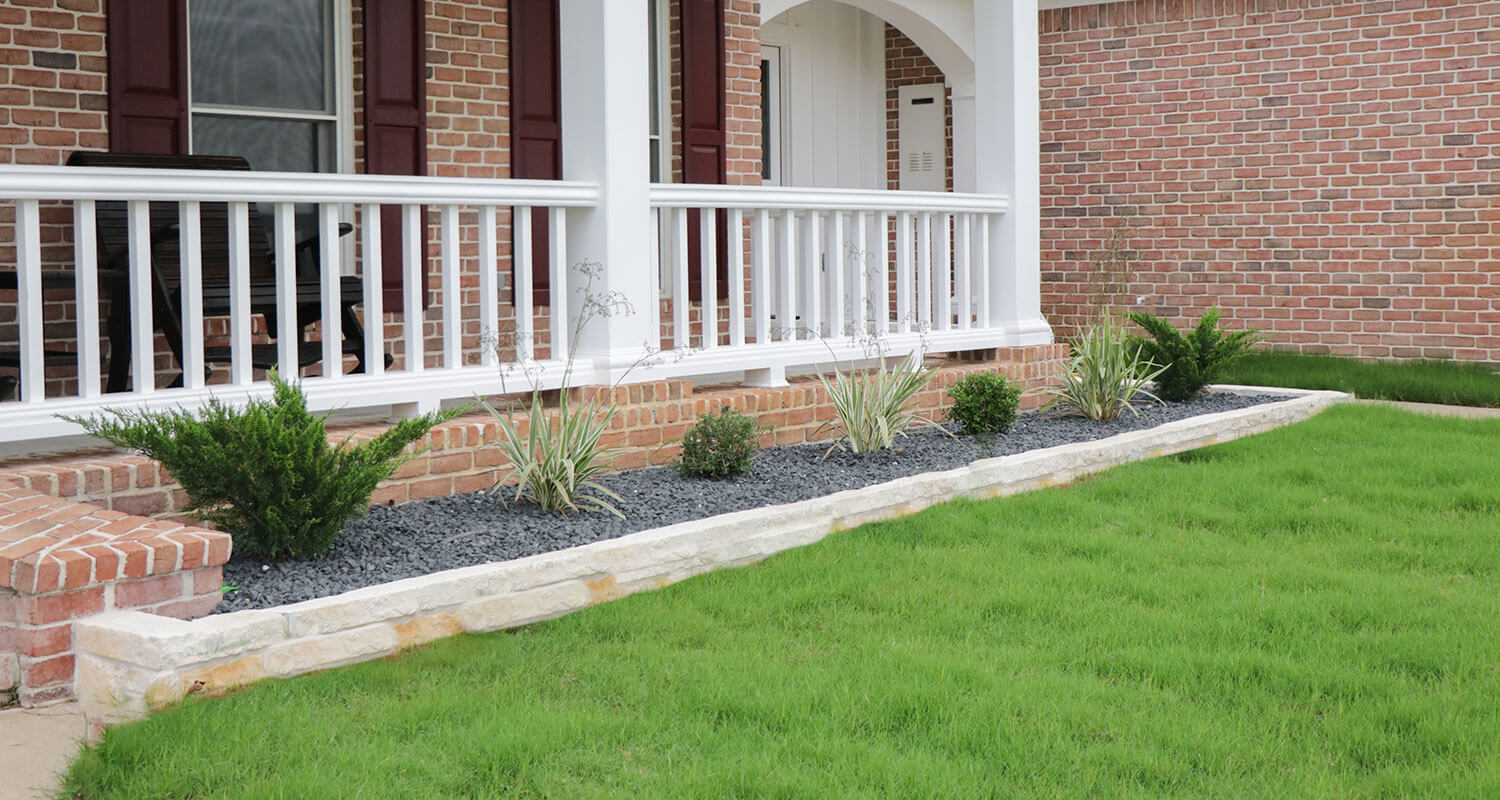
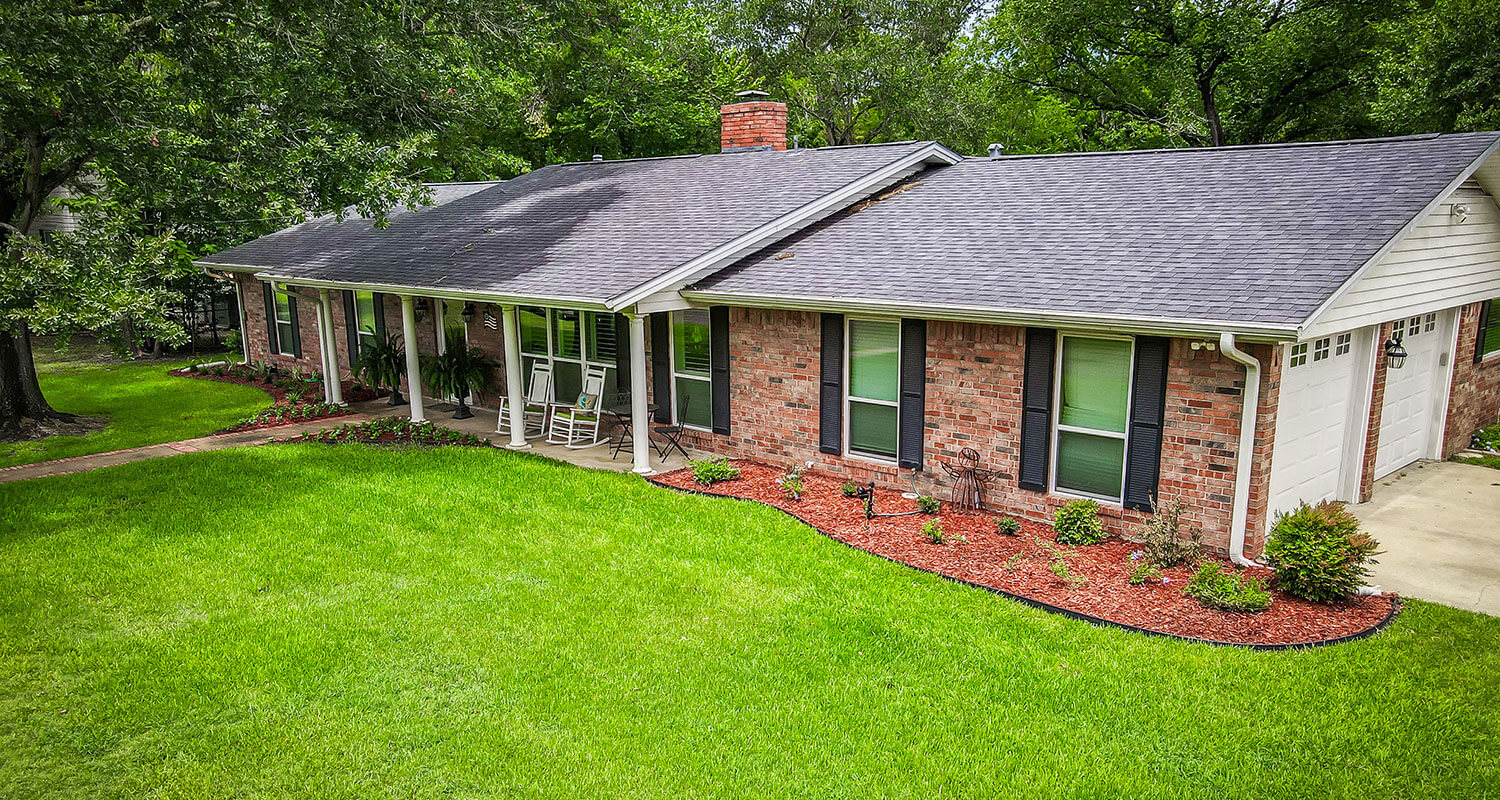

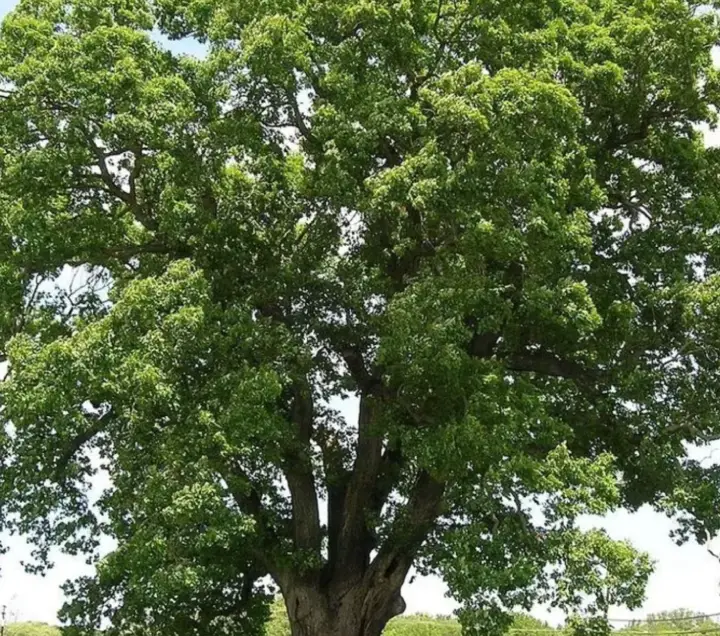


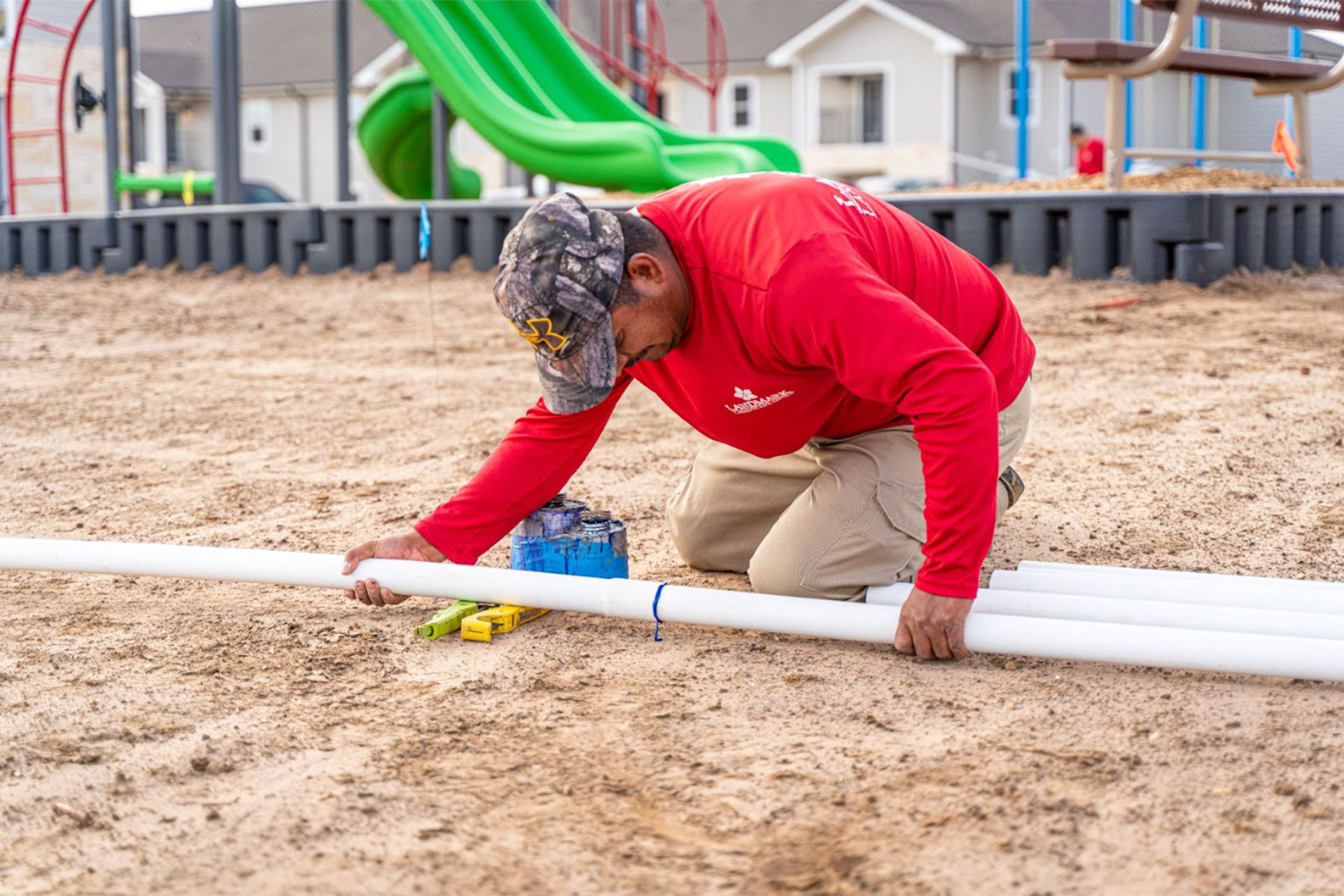
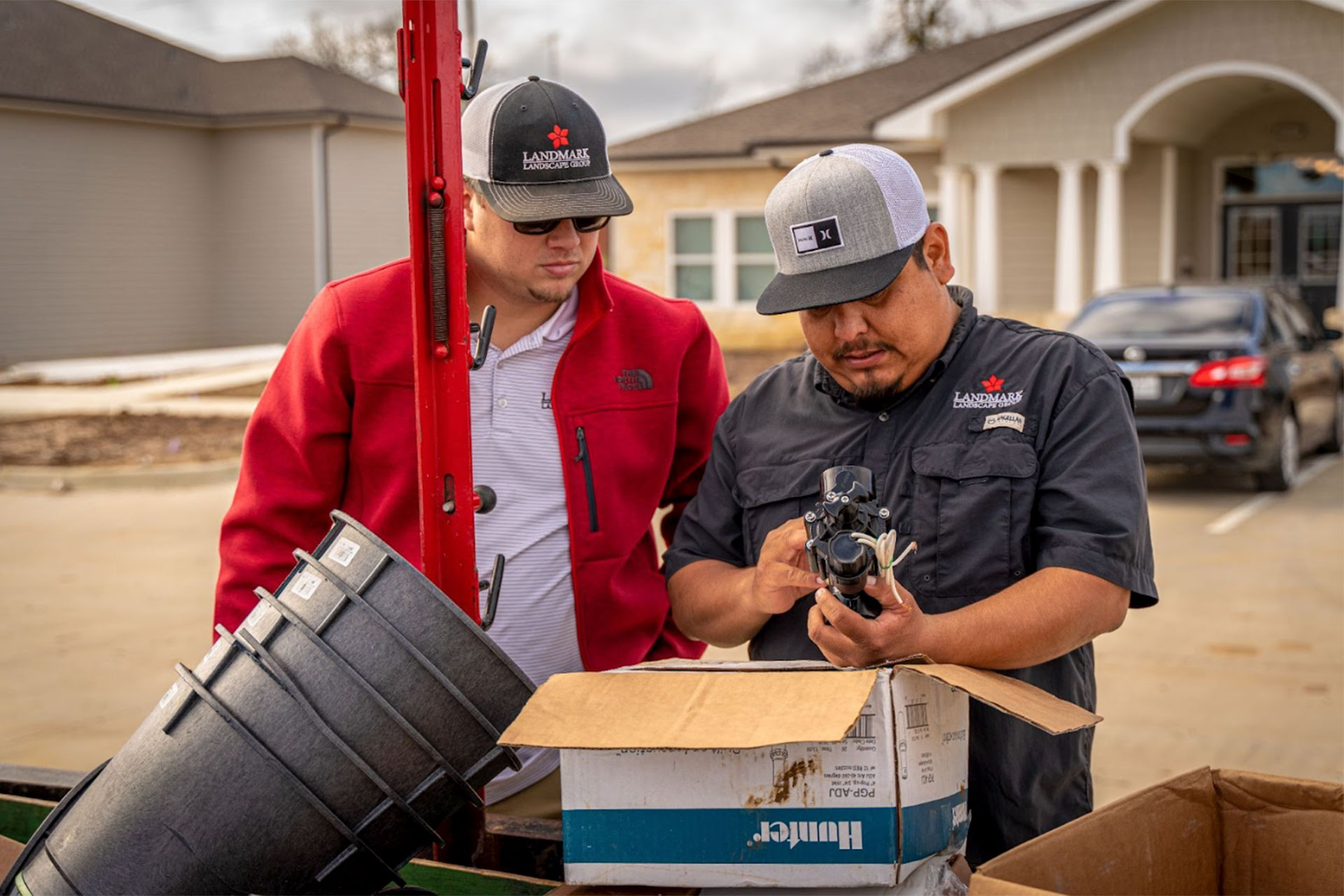
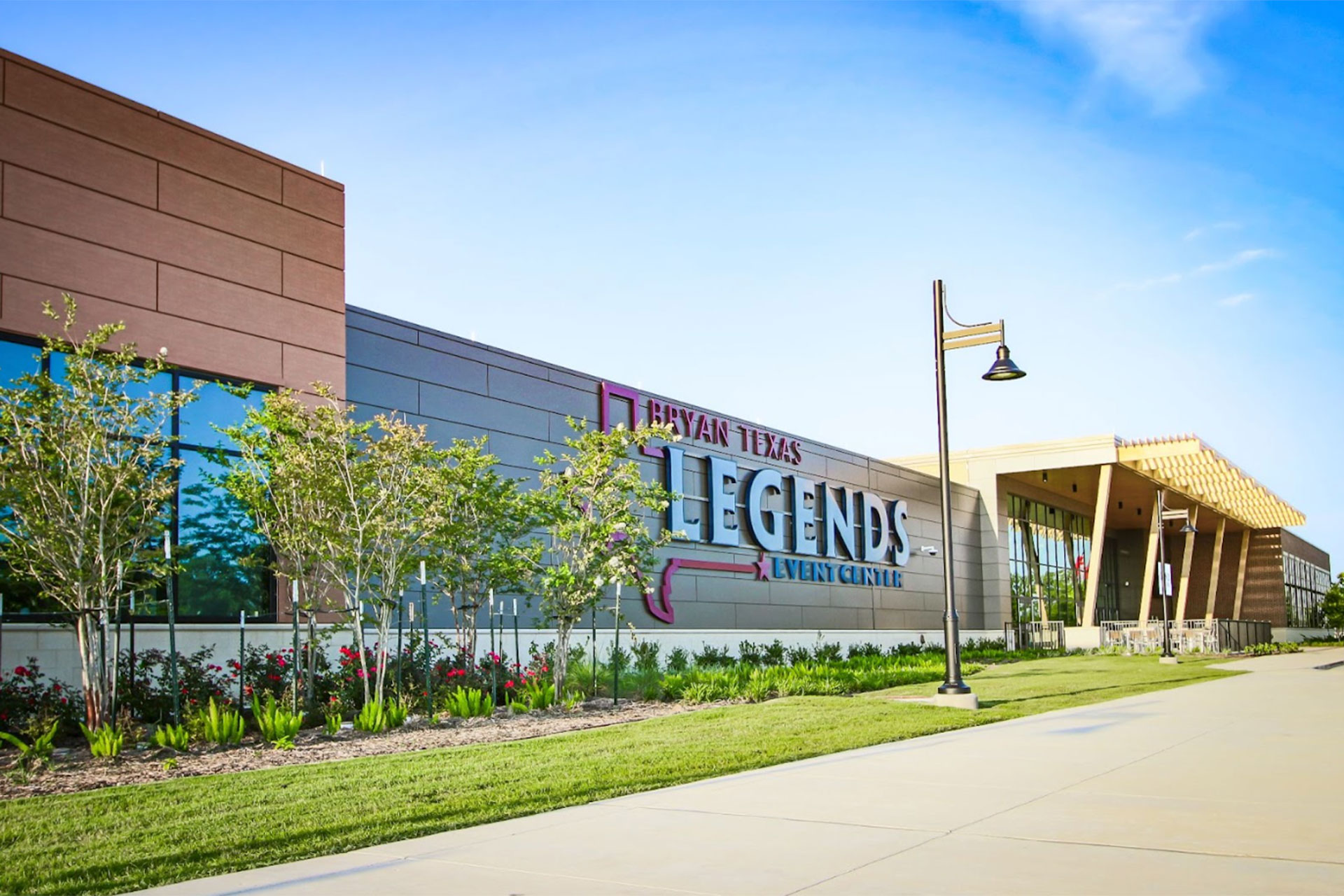

.jpg)
.jpg)
